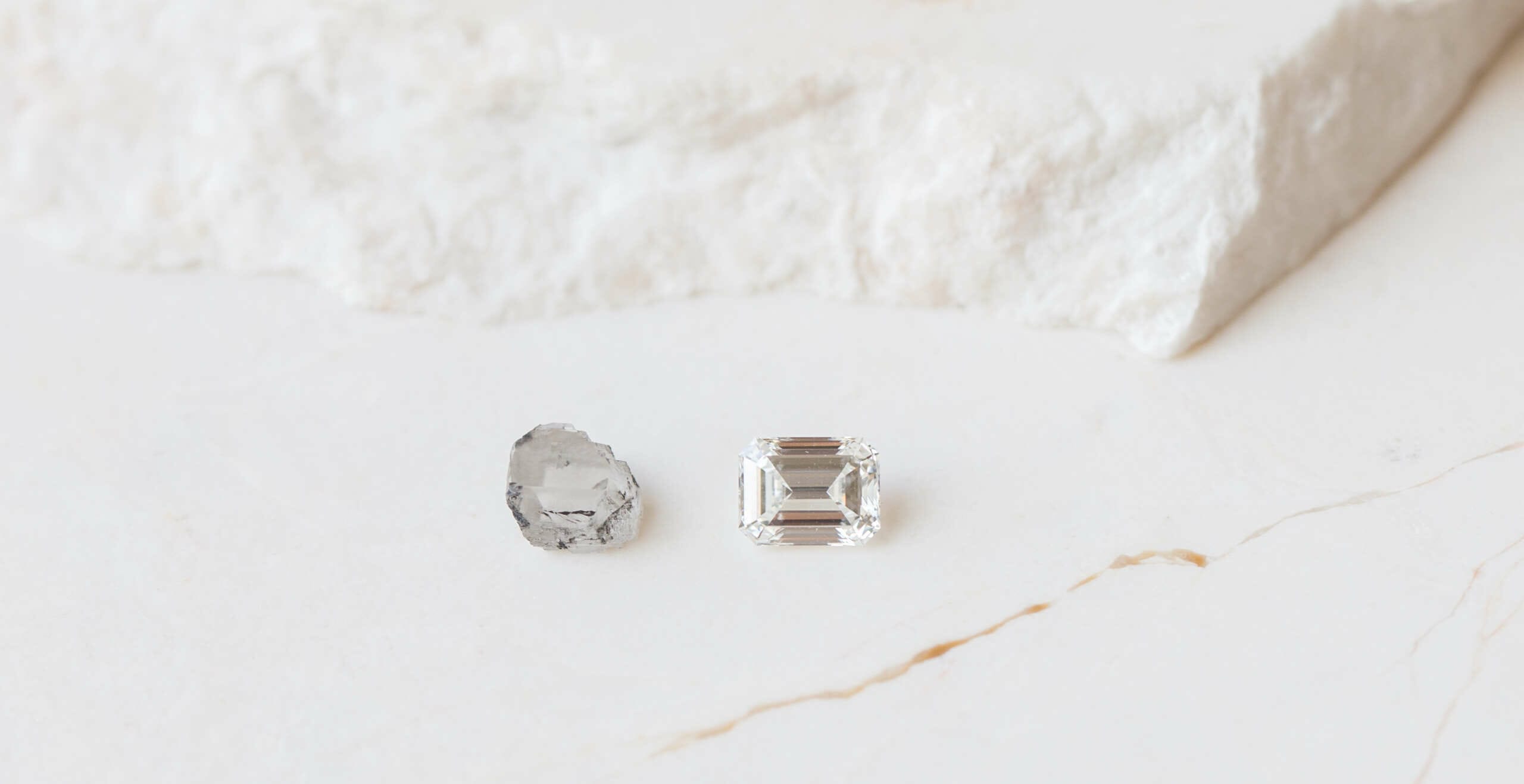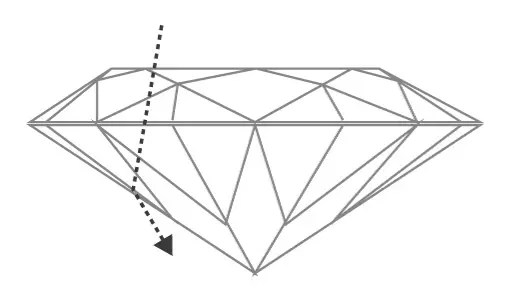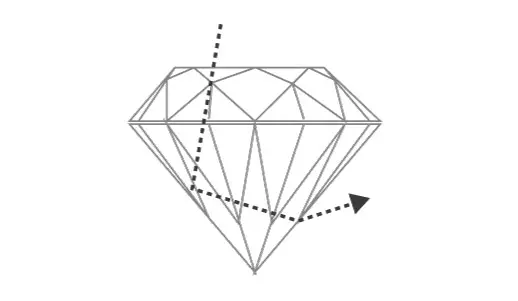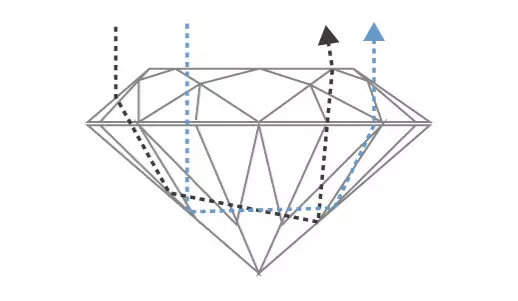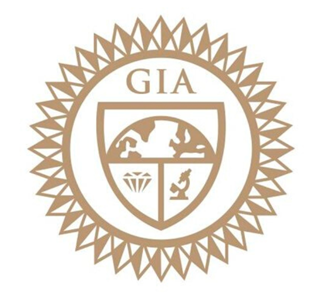CARAT WEIGHT
Diamonds have a standard unit of measurements: carats. Make sure you don’t confuse carat with karat (the purity of gold).
The weight of a diamond is the most obvious factor in determining its value. As a diamond’s weight increases, so does its value.
It’s important to know that the carat weight of a diamond does not always equal its size. For instance, a poorly cut 1.00 carat diamond may actually look like a 0.80 carat diamond!
